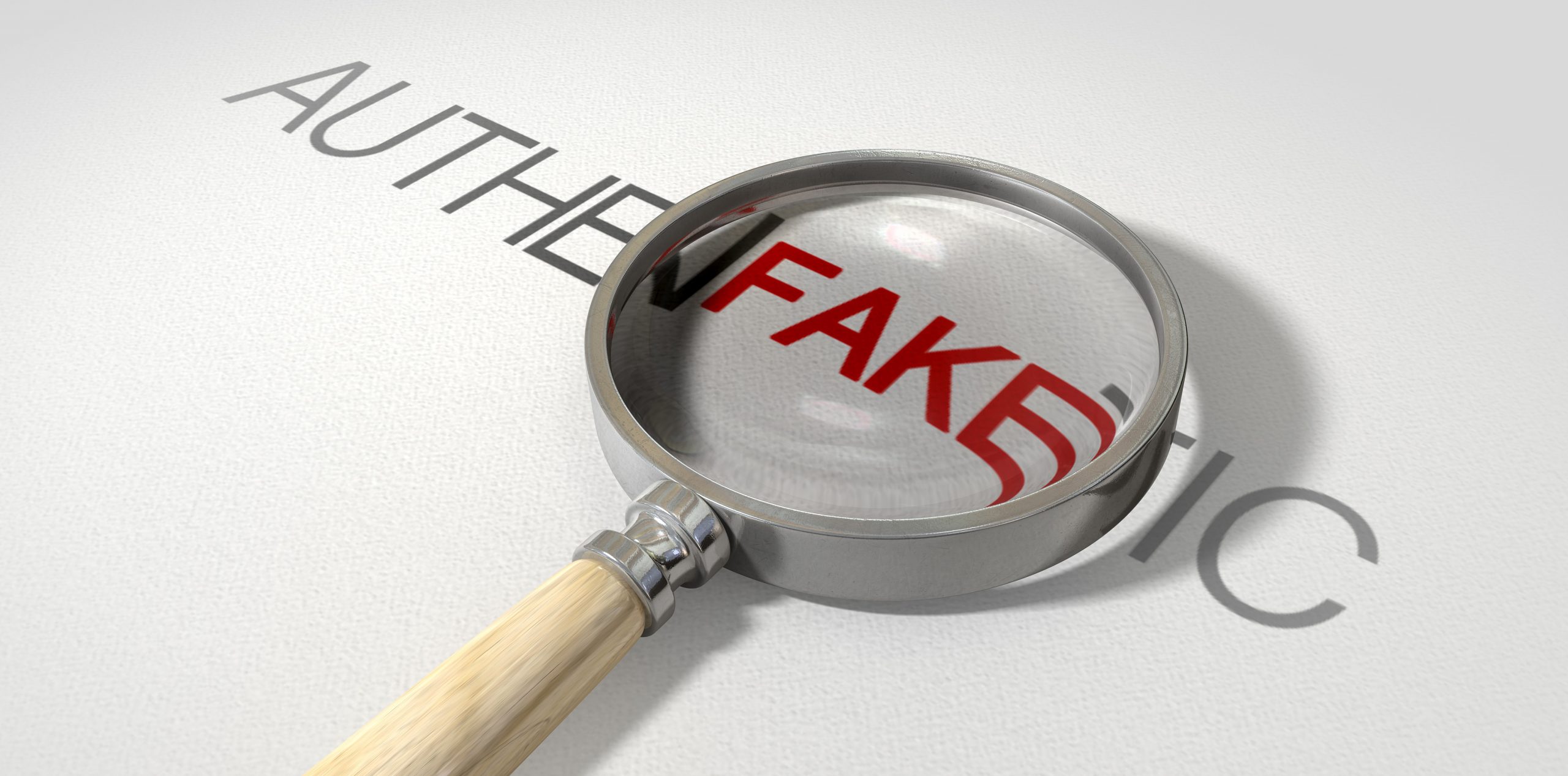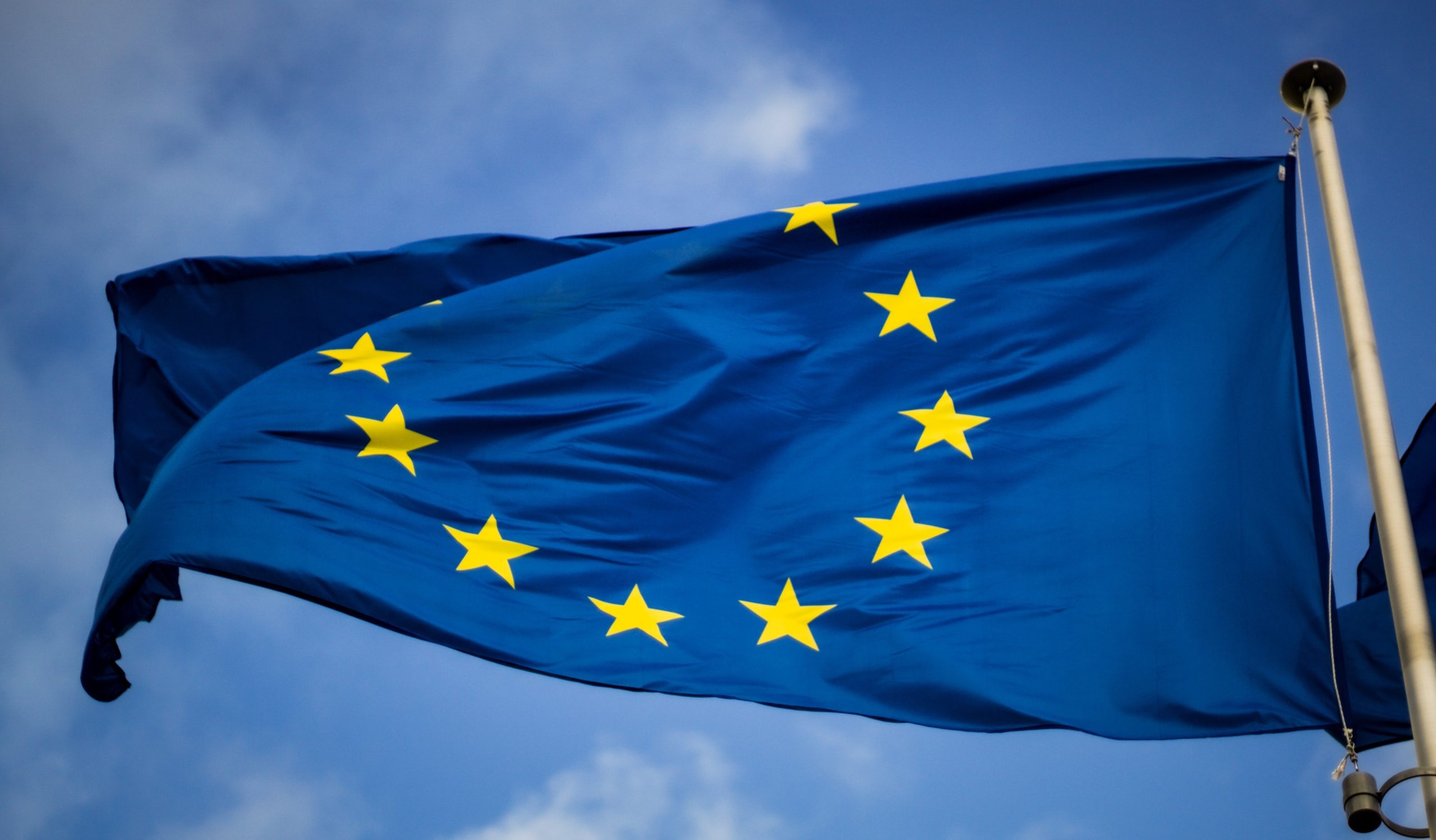Thursday morning – 9 am – ANY borough of London.
Scenario A: (in a lift) a red haired, grumpy old man is about to yawn. In front of him is a lady, wearing a blue long jacket and black trousers. He is asking about her plans for the weekend. She smiles and the result is a paralysis. “It’s sunny outside. We’re gonna have a bbq”. Doors open.
Scenario B: (in a supermarket) an old, visibly fat, lady is buying some porridge. In front of her (aside from Mr Quaker) is a young girl in hot pants and sunglasses. She is asking about her weekend. The girl smiles: a paralysis, again: “Damn. It’s so sunny. A bbq indeed!”. Then takes some crisps and runs away.
Scenario C: (in a gym) two teenagers: a boy and a girl. In front of them their trainer. He is looking at his own muscles. Then he starts to talk: he wants to know their plan for the weekend. They’re struggling with their exercises, butnot even a paralysis is produced! “…sun is out. Sausages!”. And then, one of them collapses on the floor.
Reasonably informed about the forecast, reasonably observant (about the weather) and circumspect (about the sausages to buy).
Ladies and gentlemen, I am pleased to introduce you the average consumer.
Test person for trademark infringement and opposition, fundamental in assessing the mark distinctiveness and even its reputation, the average consumer, as described by the jurisprudence[1] , is in fact way more predictable than you all would expect[2]. And indeed, this nice chap[3], deciding whether or not it’s sunny enough to organise a bbq (and of course it is) is the same guy considering whether a washing-powder tablet[4] is distinctive enough to be registered as a trademark and whether the word Kornspitz[5] refers to a specific brand of bread or merely describes oblongs bread rolls (and in any case he’ll probably go for rice cakes).
A desperate housewife, isn’t he?
Kind of, but a very well respected one. And in fact national courts, the ECJ and Trademark national offices (EUIPO included) tend to rely on his assessment for the purpose of deciding several issues, all crucial in the life-cycle of a trademark. These issues concern both the protectability of the trademark (ex ante) and the assessment in the case of conflicts with earlier rights.
In particular, when coming to this second area, the assessment of the likelihood of confusion will be mainly dependent on the perception of this lovely chap. Plus, as he is the test person, authorities will normally trust his perception when assessing this substantial question.
Trust first, how democratic.
Indeed. There is a problem though: although trusted, the consumer does not trust himself. No, he is not a psycho and he does not lack of self-confidence.
Phrasing it differently, the average consumer is affected by imperfect recollection. This is quite a complex way to say… he does not remember stuff. That’s a slight form of Alzheimer, with the difference being it is non dependant on the age. In other words: our consumer is always (slightly) tipsy, drinking his Pimms and enjoying the sunshine. And judges just love it. And they send him around to eat 4fingers chocolate bars in supermarkets and then ask him creepy questions[6] (HOW BAD).
But this is another story, I guess…
Exaggerating, am I?
Probably yes, as we are talking of a legal construction after all. But there is a difference, indeed, between the average consumer and his elder brother in design law (Samsung)[7]. And in fact, the informed user is generally deemed to show a higher degree of attention, does not suffer from Alzheimer’s (no Pimms and no sunshine indeed) and compares the goods side by side. For instance, you can provide him with the two coolest smartphones on the market and ask his opinion about them. And he will turn them the other way around, observing carefully their back and then, with the fakest smile ever on his face, he will reply that one is clearly cooler than the other (and you’re not that clever Mr judge).
What a weirdo.
Yes, and this weirdo is probably not as nice as our average consumer, sipping his Pimms in the sunshine of his country house.
On a more practical note, this enhanced level of attention results in a narrower scope of protection for the designer, given that it will be difficult to demonstrate that this wei.. ops smart guy gets confused about anything (as the same overall impression is produced).
When coming to trademark law instead, a broader degree of protection[8] is ensured to trademark owners. And in fact, due to his naïf spirit, it will be easier for the reasonably informed consumer to get confused.
For example, in quite an extreme case, although in the context of passing off, the court found that the expression “It’s not just a big, mac” used by Burger King for his Whopper did not amount to (justifiable) comparative advertisement as it was likely to confuse the average consumer[9].
Yes, if he is on his way back home after the 9th pint of the day maybe…
Seriously?
At the same time, such a notion of average consumer, although protecting the interest of the owner of the mark, might create issues when coming to more specific areas, where a more careful balance of interests is required, in order to prevent the creation of unjustified monopolies. This is the case for example of online advertising. But is also the case for new form of marks (as tastes) whose singularity requires a careful balance of the interests involved to be made[10].
Although safeguard clauses have already been introduced for regulating some of these situations (think for example at the impairment of trademark function[11]), one further option might be enhancing the level of attention[12] of this otherwise special kid.
And in fact, the need for a similar approach has already been stressed several times. If on one side the ECJ, in a well know smell-alike case noticed, “the public are non-stupid”, on the other, the Office for Fair Trade made clear (not really) that “average does not mean average” [13]. As a result, this would diminish the capacity of the owner to control his trademark and prevent unjustified monopolies.
Desirable or not?
Not sure. Meanwhile I’ll go and buy some sausages. It’s meant to be sunny this weekend.
[1] Lloyd Schuhfabrik. Meyer & Co. GmbH.
[2] Following the decision in The London Taxi Corporation v Frazer-Nuts, “the term average consumer includes any class of consumer to whom the guarantee of origin is directed and who would be likely to rely on it“.
[3] The “average consumer” (alias the grumpy old man in the lift, alias the lady in the supermarket, alias the crazy sporty teens.
[4] Cases C-456/01P and C-457/01P – Henkel v. OHIM
[5] C-409/12, Kornspitz, EU:C:2014:130.
[6] See Cadbury v Nestlè for an insight on the topic of survey evidence and the role of average consumer.
[7]See Samsung v Apple where the perception of the informed user was the decisive element in the assessment.
[8] An opposite outcome instead has to be reached when coming to the assessment of the distinctiveness of the mark. In this case, in fact, lower attention means more difficulties in getting the mark registered.
[9] See McDonald v Burger King.
[10] For this very reason protection was denied to the artificial taste of a strawberry.
[11] See Joined Cases C-266 to 238/08, Google France.
[12] This was noticed in Speciality Drinks v EUIPO – William Grant T-250/15 where Speciality Drink argued whisky being distinct from other alcoholic beverage, and its consumers being more akin to “connoisseurs”.
[13] See L’Oreal v Bellure 2007 at [7]: “The public are not stupid”. See also the Office for Fair Trade (OFT) guidelines, pointing out that, following the ECJ, that “‘Average’ does not mean a statistically average consumer.”



